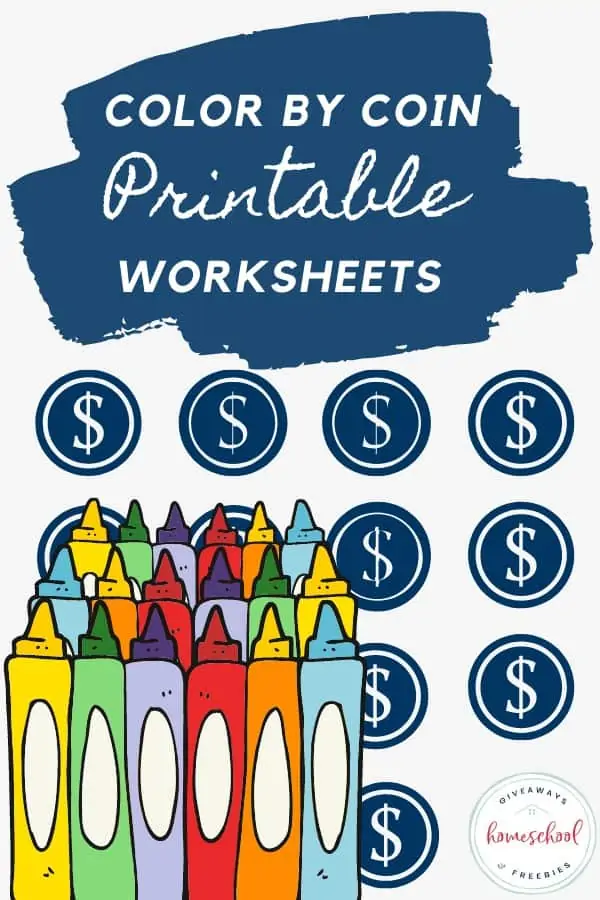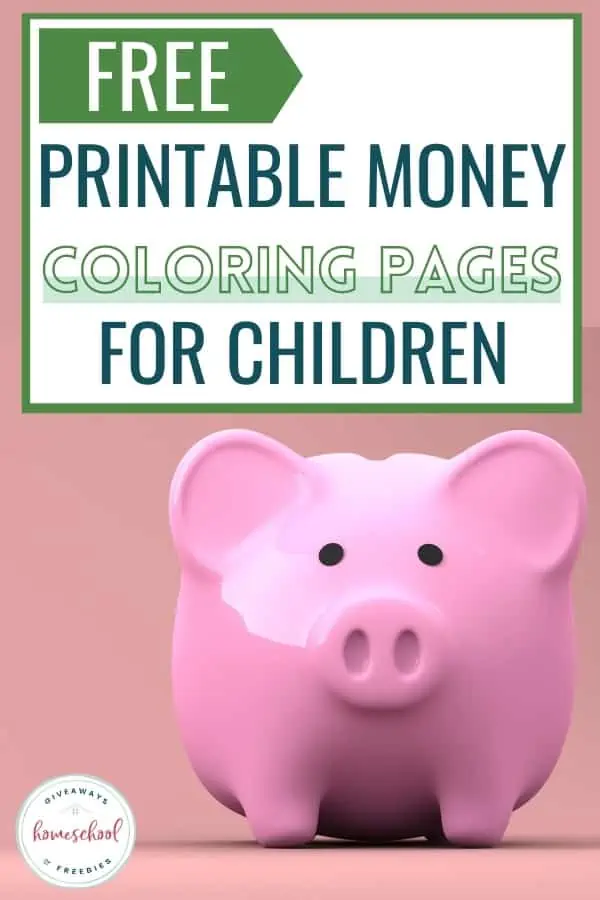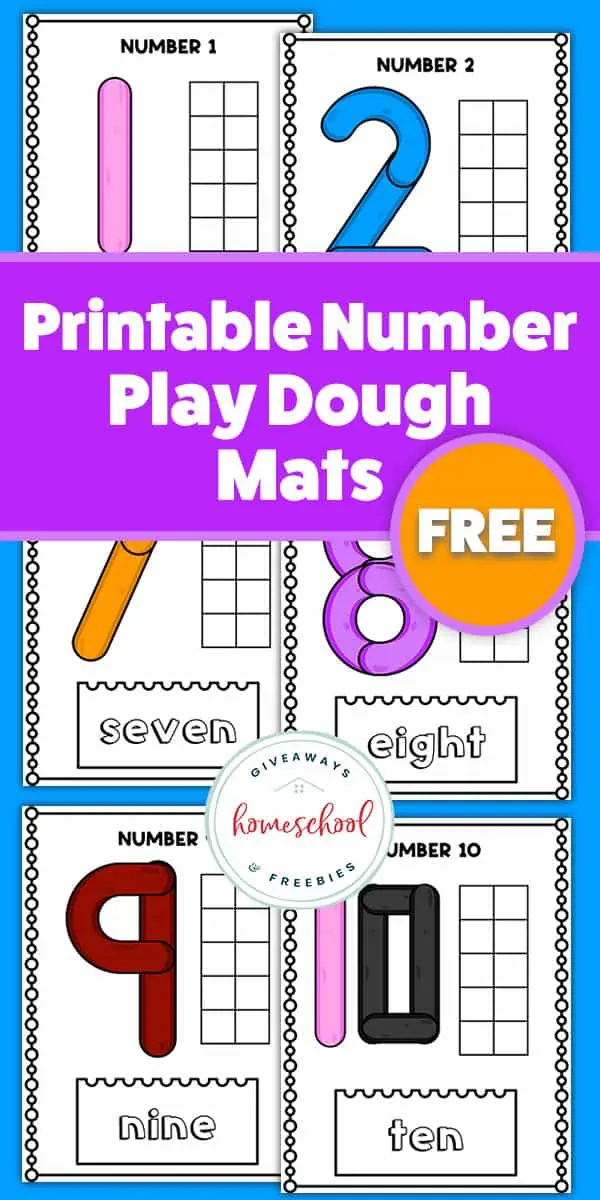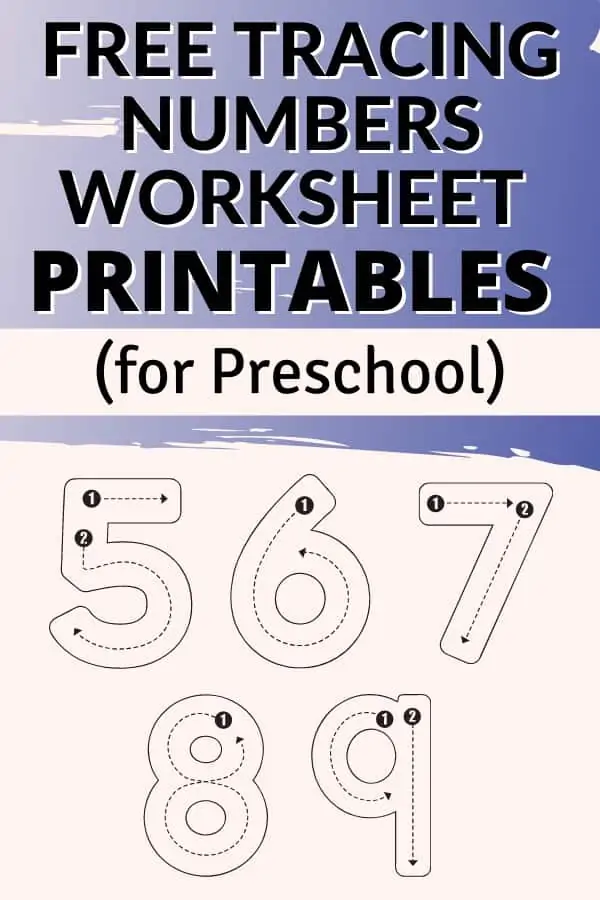Fun & Easy Ways to Teach Children About Money
Published:
June 13, 2022
Contributor:
Jeannette Tuionetoa
Disclosure: This post may contain affiliate links, meaning if you decide to make a purchase via my links, I may earn a commission at no additional cost to you. See my disclosure for more info.
Teaching kids about money can be done from the time they are little through adolescence. Explore these fun & easy ways to teach kids about money and begin equipping them with positive money habitats today.
Teaching Kids About Money
No matter the age of the child, learning about money is an important concept for kids to grasp. You can start teaching kids about money as early as preschool. There are concepts about money that even very young children can learn.
Teaching Preschool & Kindergarten Students About Money
Children learn enormous amounts of information before the age of five. They go from nothing to speaking, identifying, and so much more. It is pretty incredible.
When teaching kids about money in preschool and kindergarten, the lessons can get a little more organized and focused. These young kids may not be able to fully understand the value of money, but there are certain things they can learn about money, like the need to pay for goods and services.
At this early age, young children can learn about counting money and exchanging money like spending and saving.
Counting
Younger children can lean how to count objects like LEGOs, blocks, toys, and more. Then gradually, they can grow to count coins, followed by dollars. At this time, young kids can learn to sort coins, sort dollars, group them, and learn the differences between them.
Spending
At this young age, children must know that money can only be spent once, and once it’s gone, it isn’t coming back. There is an exchange of goods or services here. Younger and older children can spend money to get their haircuts or spend money on food.
Saving
Your financial lessons on saving for your younger kids all begin with a simple piggy bank. Use a clear jar even, so that children visually see their money build. Don’t make it easy for your students to take out money from the piggy bank.
Teaching Elementary & Middle School Students About Money
Elementary students and middle school students are at a point where they are ready to learn concepts about money. Older kids in this age range can focus on the why and how of saving, counting, and earning money.
Earning Money
If your child is assigned chores, they understand the value of earning their keep, earning money. It is beneficial for your children to understand that classic saying from parents, “nothing in this world is free” or “money doesn’t grow on trees.” Allow them the opportunity to earn money by doing household chores or tasks.
Allowance
Families are either for or against an allowance system at home. Whatever your family goal is, allowances teach children to budget and financial responsibility. Elementary and middle school students will quickly learn to spend within their means.
Saving Money
Allowances also are a means to teach savings goals as children see money balances increase or decrease. Also, take your children with you to the bank, so they see the transactions that take place there. At this point, you can encourage your students to save.
Needs Vs. Wants
The simplest way to teach your young children about needs vs. wants is to get out a piece of paper and make a table to list all the essential needs of people and, on the other side, list what “wants” are.
Children must learn a need is something we cannot live without, like food and water. While a “want” is something nice to have but not essential.
Teaching Kids About Money
You can use fun money games and money worksheets to help your kids grasp the concept of money. Below are some resources you can check out, many of which are free.
Money Games
Money Games for Kids – Teach your children the concept of money with games that are fun for them and the whole family alike. These money games (including board games for a good time) for kids help them review and practice their knowledge of counting, coin recognition, and other money skills.
Money Worksheets
Money Worksheets – Explore these free money worksheets for kids to grasp and understand money concepts in a fun way. Find simple ways to help with counting money with words, counting coins, comparing money amounts, and so much more.
Color By Coin Worksheets
You can use a color by coin worksheet with your student to help them recognize the different coins. Not only is it effective, but it’s fun too!
Free Printable Money Coloring Pages
Using fun money coloring pages, your children can get practice identifying coins and dollar bills. You’ll find money coloring sheets for coins, counting change, bills, and even play money that kids can color.
Teaching Kids About Money
Children need to learn about impulse buying, wants vs needs, income, budgets, spending, saving, and more. Here are easy ways to help them understand money concepts.
Impulse Buying
Teaching your children the art of saying “no” is something we have to work hard at. Self-control is something children have to practice. The commercial industry is well aware of this, which is why our local Target or Walmart is riddled with candy and gum right by the checkout area.
Teaching your children at this age to control their impulses when it comes to buying prepares them for less financial stress as adults.
Teaching Teens About Money
Not only is it beneficial for your teens to learn about money, but it is also a must. It is now that students need to begin developing good spending habits and learn how to manage their spending in preparation for adulthood.
Income
Wages and income can be learned as teens by getting part-time jobs, babysitting, or asking neighbors to their yards. Students will learn that income is only obtained through a job and putting in the work.
Budgeting
As you share your own family budget with your children and explain why you make certain financial decisions, it is time for the next step. Teens are ready to develop their own personal budgets and try to save for college or the future.
Money management is something that even some adults haven’t mastered, yet starting young helps prepare them for adult life.
Giving
As your children make an income and earn their own money, they can then explore the art of giving. A great idea that begins the mindset of giving is introducing kids to tithing and giving to others. Train children to be aware of needs and to look for chances to give where they can with wisdom.
Spending
The teenage years are a great opportunity for your students to learn all about the joy of spending within boundaries. They may even make mistakes and overspend, but now is the time to learn about spending smartly.
Teaching your children the basics of income, spending, and borrowing is the foundation for exploring financial literacy.
Saving
Teaching teens to think about the future is an important thing. Saving requires teenagers to plan and think about the future and not just the “now.” Delayed gratifications are something not many young folks can comprehend unless learning the hard way. Encouraging students to save even only a percentage of their wages sets the stage for saving in adulthood.
Personal Accounts
The idea of balancing a checking account or using a savings account is necessary for teenagers. Using personal accounts, especially with online banking and a debit card, prepares students for managing their money the way they will do it as adults.
It is a perfect time to also teach about compound interest, fees, and having control over their hard-earned wages. The first step to getting into this space is to open a bank account for your child.
Credit
Having good credit scores is like gold in America. Not teaching your teenager about this is handicapping them or allowing them to fall into traps. According to Forbes, only 1 in 6 high school students are taught personal finance in the United States.
Many parents aren’t comfortable with their own family finances, but that should only motivate to prepare children to learn before making their own mistakes. Have an honest money conversation with your children, it is the best way to help them.
Credit Cards
It is important to teach your children about credit cards. Credit cards include high fees and interest rates that take up a lot of the balance. Teach your students to either stay away from them or use them wisely, pay off balances, and avoid purchasing items they can’t pay off at the end of the month.
Teaching Kids About Money
Teaching kids about money now will set them up for future success. If they learn how to save for college they won’t take on unnecessary student loans.
Student Loans
Steering clear of student loans will be the goal for your college-bound teens. Student loans can seriously impact lifestyles and livelihoods once students are out of college. There is no way around repaying student loans, even with filing for bankruptcy, and the collections process for them is brutal.
A good way to avoid collections is to stay away from student loans. if you had to pay student loans, then use that as a teachable moment.
Saving for College
College-bound young adults should know that it gets super expensive, and they can take steps to start saving now. There are several things students in high school can do without thinking about saving for college.
Some ways to save for college are to apply for scholarships but earned money aside for rainy days, get a part-time job to begin the saving process, sell items they no longer need, learn to be frugal, and test out for some courses with advanced placement.
Contentment
We leave the best for last. This was a lot of information on money, but we understand that the love of it is the root of all evil. So, it is important for parents to teach their teenagers that although we can learn to budget, save, spend wisely, and give, there is joy apart from it.
It is important to have realistic goals and not be downcast too long with failures or lack of meeting expectations. There is peace and joy that comes alongside being content with what you have.
Enjoy life, take a moment to appreciate everything around you, love your neighbor, breath in clean air, and teach your child biblical principles on contentment. Here are a few verses to start:
1 Timothy 6:6-8 (ESV) “But godliness with contentment is great gain, for we brought nothing into the world, and[c] we cannot take anything out of the world. But if we have food and clothing, with these, we will be content.”
Hebrews 13:5 (ESV) “Keep your life free from love of money, and be content with what you have, for he has said, ‘I will never leave you nor forsake you.’”















